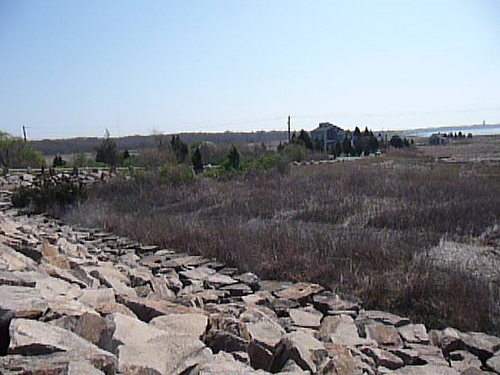 Following widely-publicized discovery of extensive toxic waste dumps such as Love Canal in the 1970s, Congress created the Superfund by enacting the Comprehensive Environmental Response, Compensation and Liability Act of 1980 (CERCLA). The name Superfund refers both to the program itself and to the fund established to pay for cleaning up hazardous waste sites.
Following widely-publicized discovery of extensive toxic waste dumps such as Love Canal in the 1970s, Congress created the Superfund by enacting the Comprehensive Environmental Response, Compensation and Liability Act of 1980 (CERCLA). The name Superfund refers both to the program itself and to the fund established to pay for cleaning up hazardous waste sites.
This legislation enabled the U.S. Environmental Protection Agency to identify what is a Superfund site, establish plans for cleanup and force responsible parties to pay for or reimburse costs of the work.
What is a Superfund site? The EPA uses a sometimes-lengthy process to determine whether a particular hazardous waste site fits Superfund criteria. The steps are:
- Site assessment to determine the extent and exact nature of contamination.
- Placement on the National Priorities List, determined by specific site characteristics and the EPA’s rationale for listing the site.
- Development and implementation of a site-specific cleanup plan, which could take anywhere from a few hours to decades depending on the urgency and size of the cleanup.
Potential Superfund sites can be identified through:
- Notification by the responsible party.
- State, tribal or local government investigation.
- Ongoing government agency hazardous materials inventory and reporting efforts.
- Review of state or Federal records.
- Formal citizen complaints.
- Informal local discovery and notification.
CERCLA regulations allow the EPA go beyond determining what is a Superfund site, by:
- Conducting immediate removal activities in case of emergencies.
- Taking legal action against responsible parties.
- Working to include local communities, through discussion, collaboration and direct participation in cleanup activities.
- Coordinating with related state agencies
- Working to assure cleanup efforts provide long-term public and environmental health protection, even after the work is completed.
- Ensuring cleanup plans provide maximum effectiveness as well as cost-effectiveness, without sacrificing protection.
The EPA makes every effort to discover potential responsible parties (PRP) for each Superfund site, to make them pay for cleanup work. But sometimes they cannot find the PRP, the PRP isn’t a viable source of funds or other assistance or the PRP refuses cooperate. In those cases, the EPA or state or tribal government will pay to remove the hazardous waste, but the EPA can use legal means to try to recover the costs from the PRP.
Photo Credit: Massachusetts Dept. of Environment Protection
